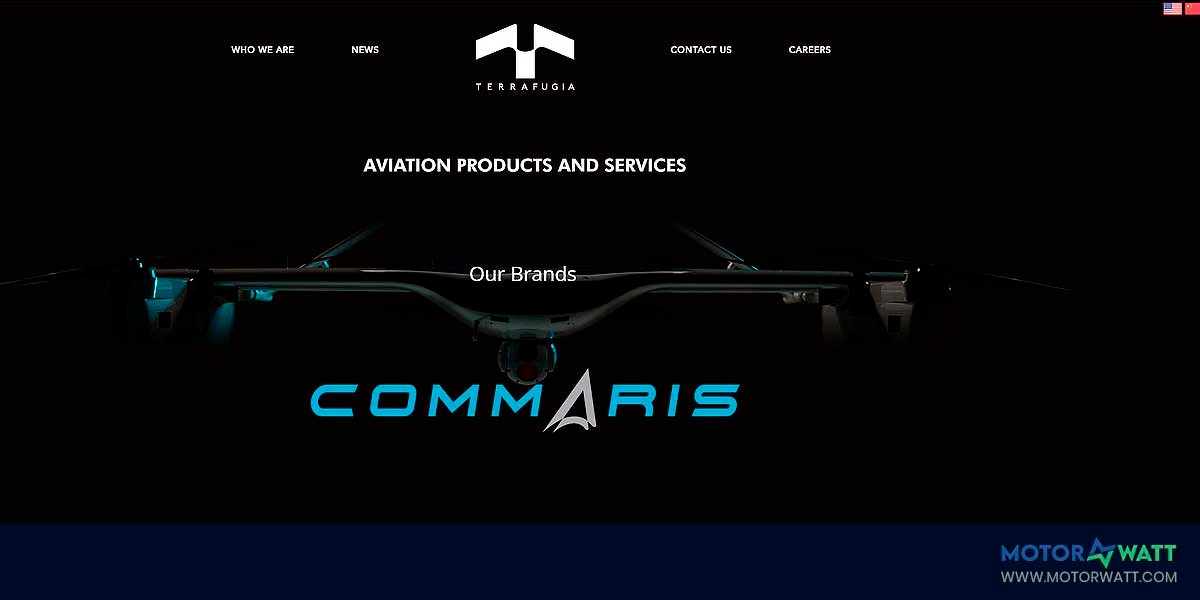Terrafugia Company Description
Terrafugia: Turning the Flying Car Fantasy into a Real-Life Commute
Flying cars. Once the stuff of sci-fi flicks and Jetsons reruns, now inching closer to your driveway. Terrafugia, a company forged in 2006 by five MIT engineers, is charging ahead in the race to bring electric flying vehicles into mainstream mobility. Headquartered in the U.S. and backed by Chinese giant Geely—yes, the same group behind Volvo and Lotus—Terrafugia is building more than hype; they’re building aircraft that roll, hover, and fly.
Geely’s Support Launches Terrafugia into the Stratosphere
What separates dreamers from doers in this niche? Funding. And Terrafugia’s got it in spades, thanks to Geely Holding Group. With resources from Volvo Cars and CEVT under its umbrella, the company has the muscle to back its mission of creating hybrid road-aircraft that actually work—and pass certification to boot. It’s not just tech for tech’s sake; it’s transportation reimagined.
- Owned by Geely Holding Group (Volvo, Lotus, CEVT)
- Based in the U.S. with global backing
- Focus: Sustainable personal air mobility
The Terrafugia Transition: Part Car, Part Aircraft
One of the company’s most notable projects is the Transition—a road-legal aircraft that folds its wings and parks in your garage. Yes, you read that right. Drive it to the airport, unfold the wings, and take off from a local runway. It’s FAA light sport certified and designed for short-range hops—think Boston to New York, without the TSA lines.
- Roadable aircraft with folding wing system
- Seats 2 passengers with safety features for both flight and road
- Hybrid-electric propulsion in development
Electric VTOL and the Leap Toward Vertical Flight
While Transition is terrestrial with wings, Terrafugia has its eyes skyward with vertical take-off and landing (VTOL) aircraft. These electric platforms aim to skip runways altogether, targeting urban air mobility applications. With quieter, cleaner propulsion and software-driven control systems, VTOLs represent the next evolution of flying cars.
- Zero-emission electric VTOL aircraft in development
- Designed for point-to-point urban travel
- Autonomous flight control system under testing
The MIT DNA: Engineering-Driven from the Ground Up
Born out of the halls of MIT, Terrafugia isn’t just fueled by imagination—it’s backed by serious engineering chops. Their team includes certified pilots, aerospace engineers, mechanical designers, and FAA experts. Every inch of Terrafugia’s vehicles—from propulsion to stability systems—reflects deep domain knowledge and meticulous R&D.
- Founded by five MIT engineers in 2006
- FAA-compliant engineering and certification teams
- Focus on real-world usability and manufacturability
Why Flying EVs Make Sense (and Dollars)
Sure, flying electric vehicles sound flashy—but there’s a logical case too. Traffic congestion? Skipped. Regional commutes? Shortened. Fossil fuel dependence? Gone. Terrafugia’s roadmap aligns with growing demand for sustainable, decentralized, and flexible transport solutions—especially in a world looking to cut urban sprawl and air pollution.
- Eliminates road congestion for short-range trips
- Electric powertrains reduce emissions and noise
- Ideal for regional and inter-city travel under 200 miles
Engineering Meets Aviation Meets Design
Flying vehicles have a tricky challenge—blend airworthiness with road safety, performance, and user experience. Terrafugia’s designs are a balancing act: aerodynamic enough to fly, rugged enough to drive, and light enough to meet regulations. The result? A sleek, high-function vehicle that wouldn’t look out of place in a tech billionaire’s hangar—or your local airstrip.
- Composite frame construction with safety roll cage
- Dual-use flight and road controls
- Electric and hybrid variants under evaluation
The Road Ahead: Certification, Production, and Beyond
While prototypes have flown and driven, Terrafugia's biggest hurdles lie in mass production and global certification. The FAA isn’t handing out flying car licenses like candy, and battery technology still has range constraints. But Terrafugia’s strategy is steady: first build the Transition, then launch VTOLs, and ultimately develop autonomous flight platforms that redefine how we think about mobility.
- FAA Part 23 and LSA certification processes underway
- First roadable aircraft units to enter limited production
- Full-electric VTOL aircraft next in pipeline
Terrafugia’s Vision: A Future Where Air and Ground Blur
We’ve spent decades dreaming about flying cars. Terrafugia is one of the rare players actually building them. With Geely's financial backing, MIT's brainpower, and a design lab that spans road and sky, they’re inching closer to making vertical mobility an everyday choice—not a novelty. And once the infrastructure and regulations catch up? The sky might not even be the limit anymore.
View all Products Produced by "Terrafugia"
(where we publish the EV description and EV specs for each model)

